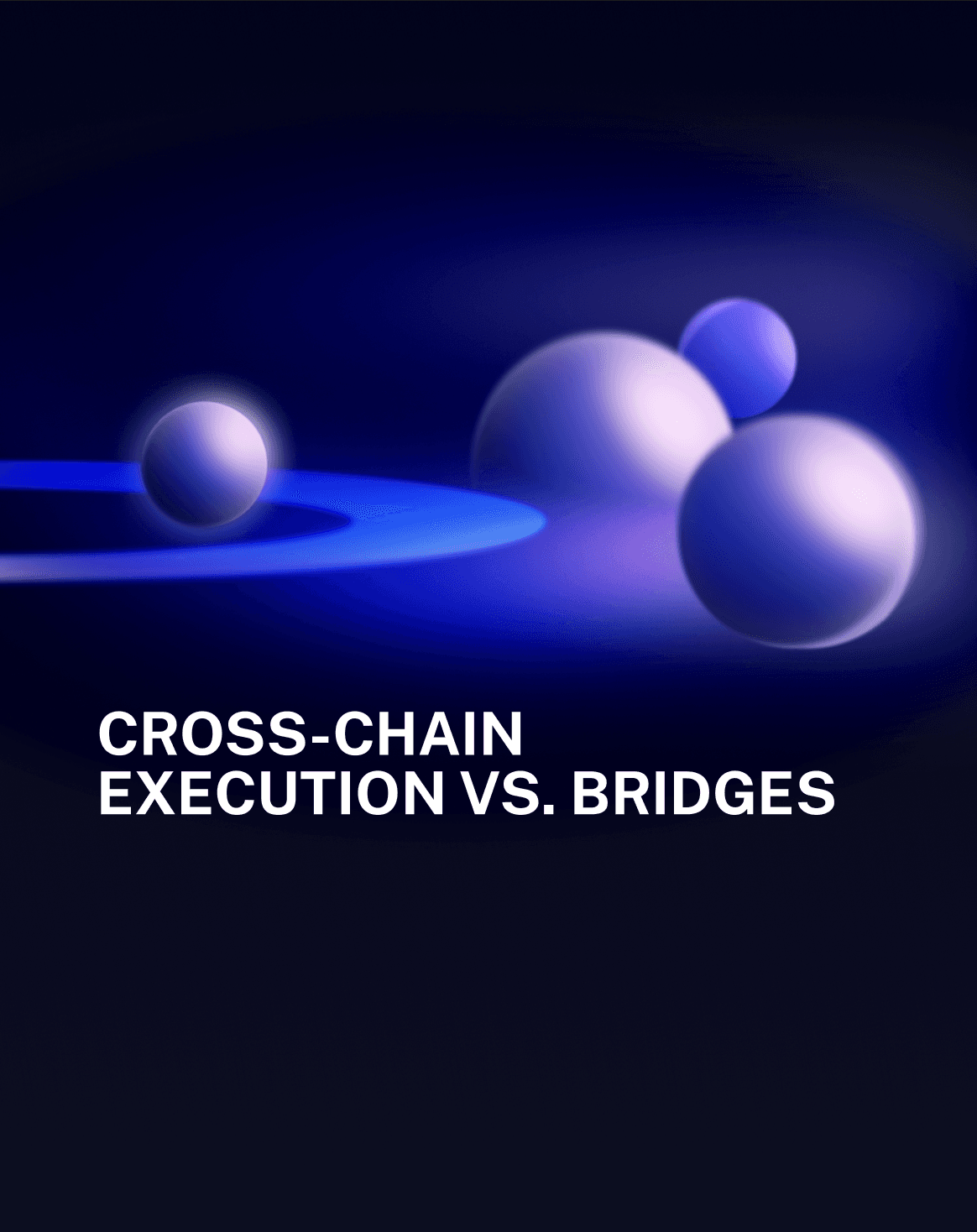t3rn Proof Verification: One Interface, Countless Origins
In crosschain applications the first concern is simple: how can a contract be certain that an event on a remote network truly happened? t3rn answers with a generalized verification interface that accepts proofs from multiple providers such as Polymer, Espresso, and its own light clients, then exposes every proof to smart contracts through the same method call. Developers can therefore treat verified events as first-class inputs and build execution flows that react to real activity on any integrated chain.
Stages of Proof Verification
t3rn’s settlement pipeline begins with intent creation but depends on proofs during stages one through three when the system must confirm that a source-chain event is final before assets can move. A typical relayer workflow looks like this TypeScript fragment:

The relayer submits a job, polls until the provider’s API marks the job complete, and forwards the encoded proof to the destination chain. With Polymer, on-chain contracts validate the payload in one line:

`topics` contain the indexed log parameters and unindexedData delivers the raw event body. Together with the verified block metadata they form the foundation for deterministic settlement.
Integrating Multiple Proof Systems
Polymer Labs supplies APIs that generate Merkle proofs for arbitrary EVM logs. Relayers call `polymer_requestProof` and `polymer_queryProof`, then submit the base64-encoded proof to the contract that implements `validateEvent`. The same interface supports any chain whose headers Polymer can sync. When no external prover exists, t3rn ships its own light clients. A Celestia client is already live and posts headers to:
0xA1bdb82617eBC126a30a6a9c9564e43879Ea004b
Clients for Bitcoin and other ecosystems are under active development or will arrive through the Polymer bridge.
Submitting Orders and Settlement
Once a relayer has attached a valid proof, the settlement flow can continue. Users open an intent with the familiar Remote Order call:

The contract emits `OrderCreated`. Relayers observe destination-chain activity, obtain proofs, and finally submit them back to t3rn. As soon as `validateEvent` returns true, downstream contracts can release assets, trigger claims, or issue refunds without additional trust assumptions.
Proof Lifecycle


The Crosschain Future
t3rn delivers a single on-chain interface that consumes proofs from heterogeneous providers, returns standardized event data, and allows contracts to act on that data without bespoke integration work. New chains can be added by wiring their proof engine to the `validateEvent` signature, leaving existing settlement logic untouched.Crosschain applications have struggled with verification for years, yet t3rn’s generalized proof architecture turns this long-standing obstacle into a solved problem. By treating each verifier as a plug-in and exposing one call site for all of them, t3rn unlocks a design space where developers can stitch together execution flows that run across many networks and settle with the same cryptographic certainty as a local transfer. As more proof providers come online and as native light clients mature, every new chain becomes another liquidity surface feeding into a unified execution layer. Projects that adopt this model will enjoy faster innovation cycles, lower integration overhead, and a compounding network effect that grows with every additional connection.
Never miss a t3rn.
The t3rn update trusted by 20,000+ and growing. Founder Maciej Baj delivers the most important product updates, ecosystem alpha, and exclusive insights. Once a month, No fluff, just what matters.










